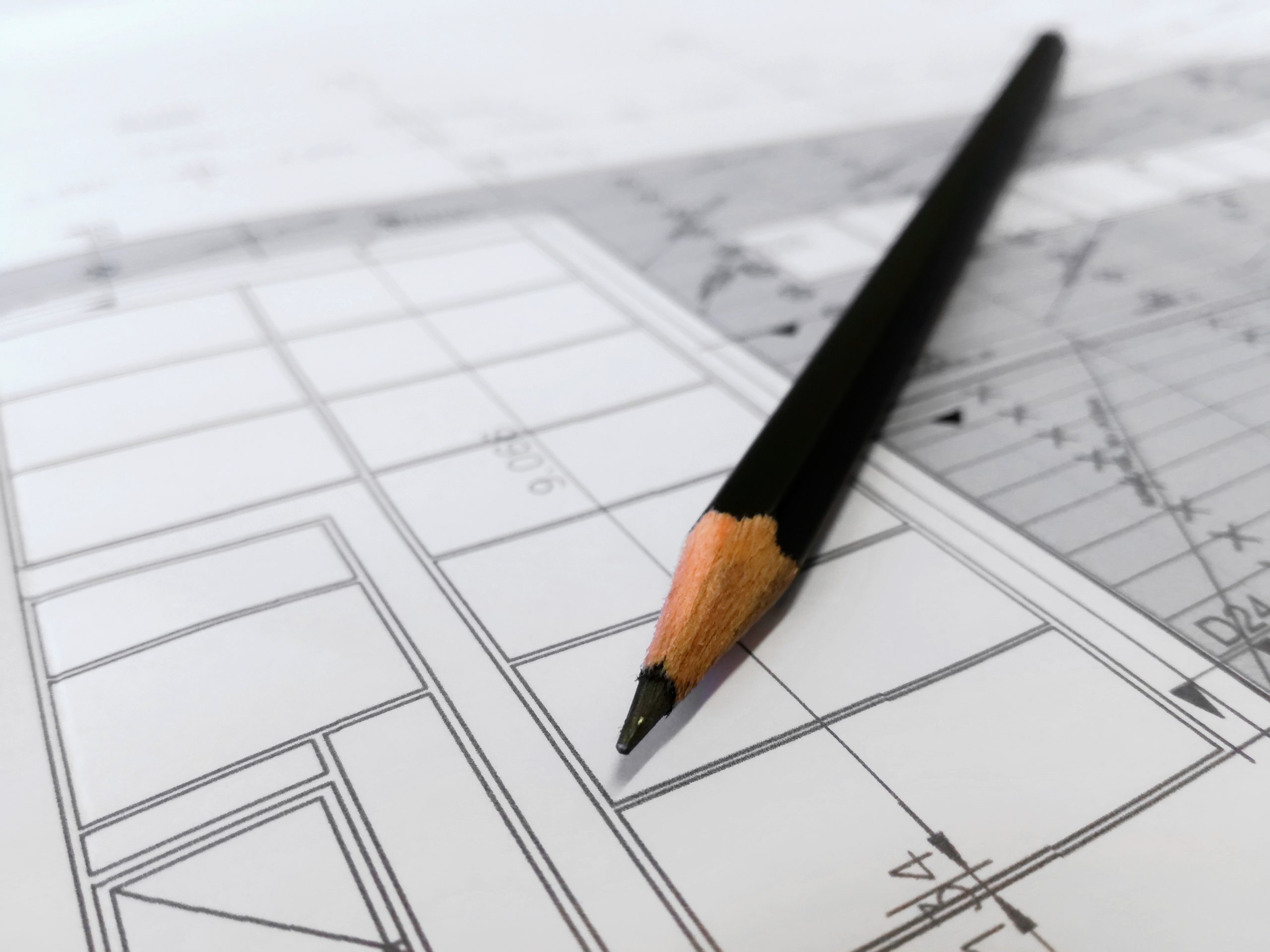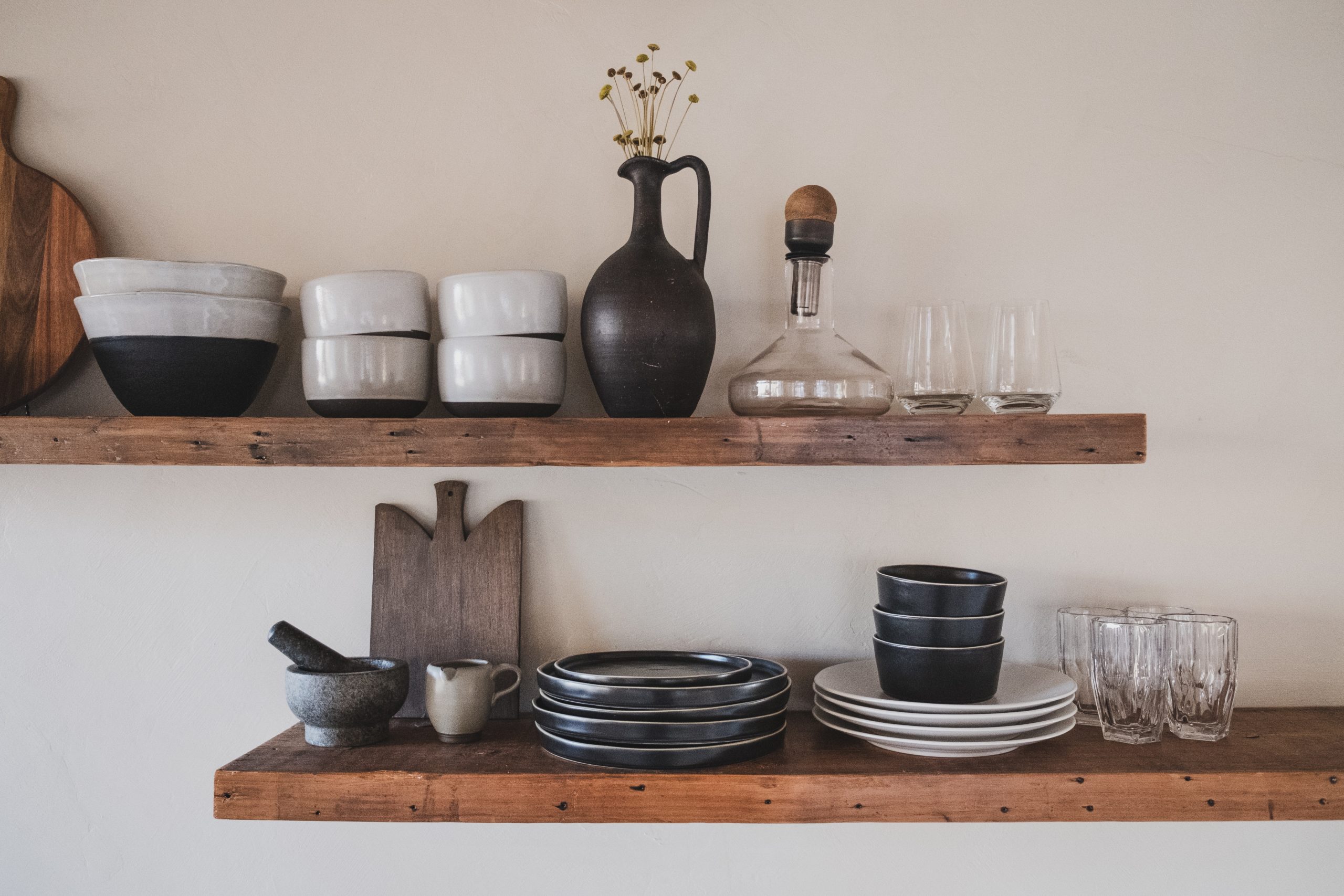At first glance, downsizing your home doesn’t sound very appealing for many homeowners. Over history, the mantra “bigger is better” seems to have applied to single-family homes in the United States. The average size of a single-family home in 2018 was approximately 2.6K square feet. Contrastingly, the National Association of Realtors reports the average home size in 1950 was 1,000 square feet or less. This, in combination with the decrease in the average family size, illustrates the overall historical trend towards larger homes.
Despite the increase in the average home size, there has also been an interesting trend in tiny homes. A survey conducted by the National Homebuilders Association found that over half of Americans would consider living in a home less than 600 square feet.
Why Should I Consider Downsizing My Home?
Some face circumstances that force them to downsize their home. Others consider downsizing based on their personal preferences for a certain type of lifestyle.
Whatever your situation, there are definite advantages to downsizing your home. In many cases, downsizing to a smaller home will save you money as it may result in lower mortgage or rent payments. You may also find yourself spending less money on utilities and maintenance for your home.
Another advantage of downsizing is the decreased time you spend on maintaining or improving your home which includes regular cleaning and organizing. The bigger your space, the more belongings you likely have. In this case, more isn’t always better. The more “stuff” you have, the harder it will be to keep track of everything and to locate the items you actually use and need.
Finally, there are positive physical and mental effects of downsizing. Trying to unnecessarily maintain a house larger than you need can cause a lot of avoidable stress. This stress can lead to physical ailments. Freeing up financial resources and time to do things that are enjoyable can feel liberating. It can undoubtedly help you maintain a healthier lifestyle.
Once You Have Made the Decision to Downsize Your Home, Here Are Some Tips to Help Things Run Smoothly:
1. Take the Time to Determine How Much Space You Really Need in Your Home.
When picking a smaller home, evaluate what areas in your current home you use on a regular basis. Use this information to determine how much space you will need in your new home.
To help minimize the size of your new home, consider how certain rooms and spaces could be multi-functional. For example, if you have the need for a guest room, decide whether this space could also be used as a home office.

2. Once You Have Found Your Downsized Dream Home, Measure the Interior Spaces.
Measuring the interior spaces will help you decide what items to part with as you begin the process of downsizing your belongings. Particularly important is sketching out where you envision each piece of furniture to be placed in the floorplan.
Be sure to use actual measurements as what may appear to fit in a certain space may not actually be the case. Visual estimations are usually unreliable. You don’t want to go to the trouble of moving furniture only to find it doesn’t fit anywhere in your new home.
Also, don’t forget to measure the unfinished areas of your home (basement, garage) to evaluate how much storage space you will have available.
3. Get Rid of Your Unneeded Items Before You Move.
Downsizing is about moving into a smaller space. However, just as important is the purging of items so that smaller space isn’t cluttered and overfilled.
Most importantly, purging before your move is cost-efficient and makes it easier for you in the long run. You don’t want to waste money and energy packing and moving items you are eventually going to purge. Once the unnecessary items enter your new, downsized home, it may be difficult to get rid of them later.
In the process of purging, be sure not to get carried away. Be thoughtful during the process and consider what you truly need and which things you could live without.
Things that may be easier to part with are duplicates of an item, things you haven’t used within the past year, and stuff to which you have no emotional attachment.

4. Don’t Forget About the Items You Have in Storage.
Whether they are in the basement, garage, closets, or an external storage unit, make sure you go through all your storage boxes. There is a good chance there are items in there that could be purged. If it’s been in storage, you likely haven’t used or even laid eyes on the items in a long while.
Although it’s tempting to move those boxes with you as is (after all, they are already packed), resist and take the time to rummage through everything.
5. If You Find Yourself Needing to Purchase New Furniture for Your Downsized Home, Consider Multi-Functionality.
You may end up having to give away pieces of furniture that didn’t work with the size or floorplan of your new downsized home. When shopping for new pieces, consider how they can serve multiple purposes.
For example, a smaller bookcase could also function as a nightstand in your bedroom. While in the family room, a slightly larger ottoman could serve as a coffee table with storage inside.
6. Be creative when looking for storage spaces in your downsized home.
Take advantage of spaces such as under beds and behind closet doors. Stylish organizational containers and vertical hanging racks can help you corral your items neatly while maximizing your limited space. This can be done without creating an eyesore since these areas are tucked away.

Another space to consider for storage is along your walls. Shallow wall shelves, particularly in nooks, can help maximize space. Be visually creative when using shelves for storage so they don’t look cluttered or overstuffed. Using shelves that are too big or placing too many large items on them will only make the room appear and feel smaller.

7. Paper records can take up valuable storage space.
Many find it difficult to part with hard copies of their personal papers, including medical records, financial statements, and receipts. These records can accumulate over time and take up a great deal of storage space.
Consider taking the time to digitize paper records. Scan the important documents and have them shredded afterward. As you do so, you also will likely realize you are holding on to many unneeded documents. These might include records or receipts for items you don’t own anymore.

Also, consider digitizing those photographs in albums and boxes taking up space in your closets.
Downsizing your home can be both emotionally and physically draining. To help you execute a stress-free move to your new downsized home, contact us at Reynolds Transfer & Storage. Our move consultants will work with you to execute a smooth move to your new downsized home.


Recent Comments